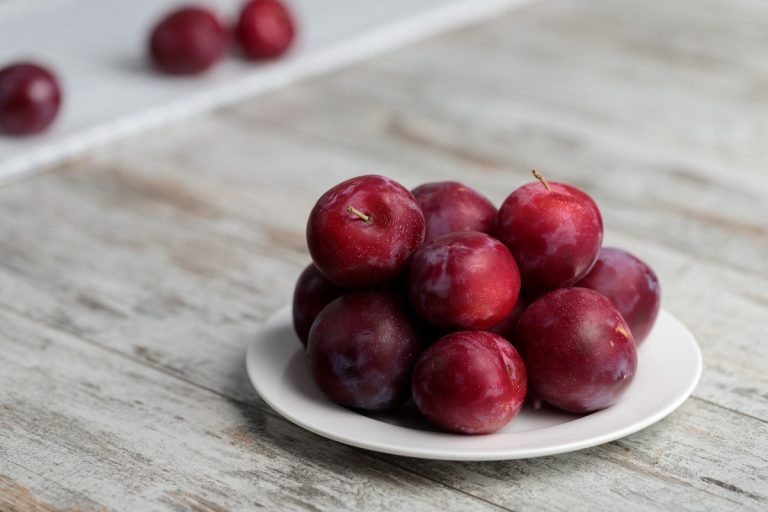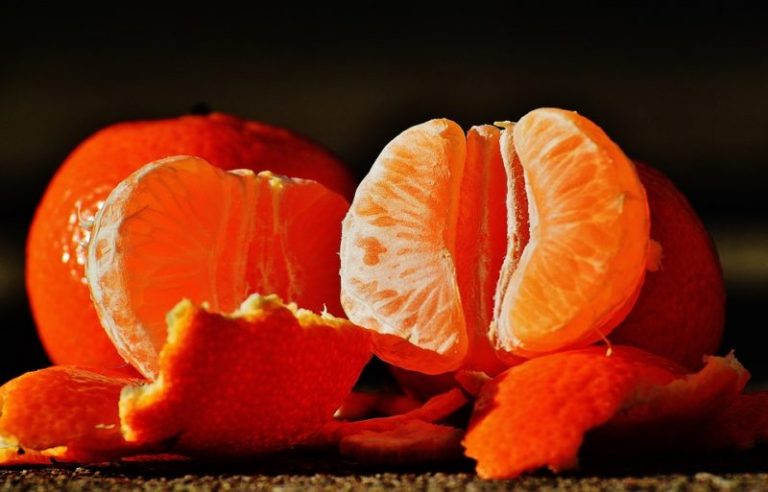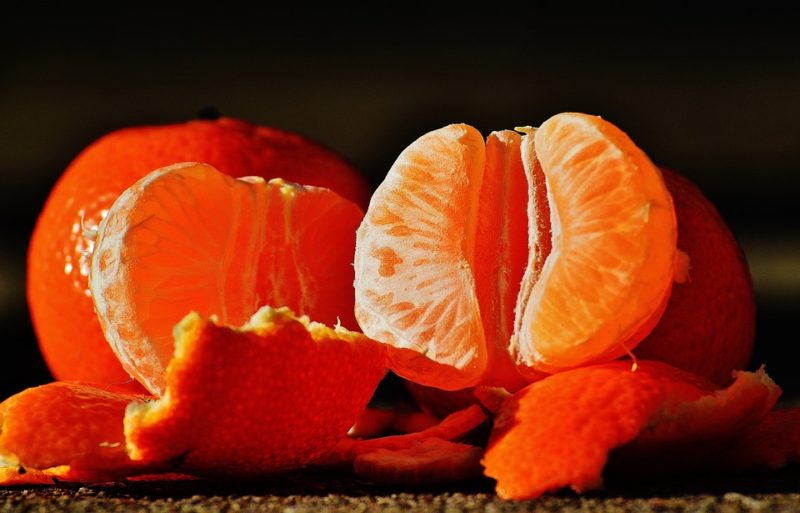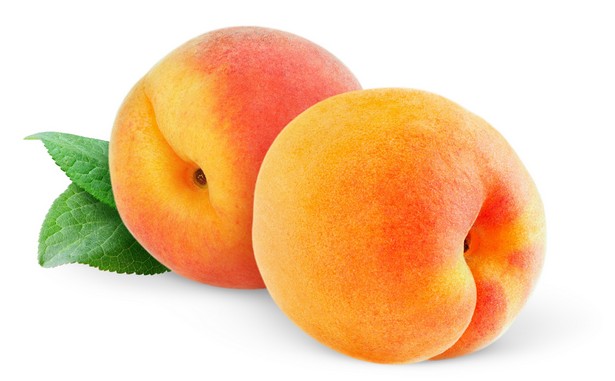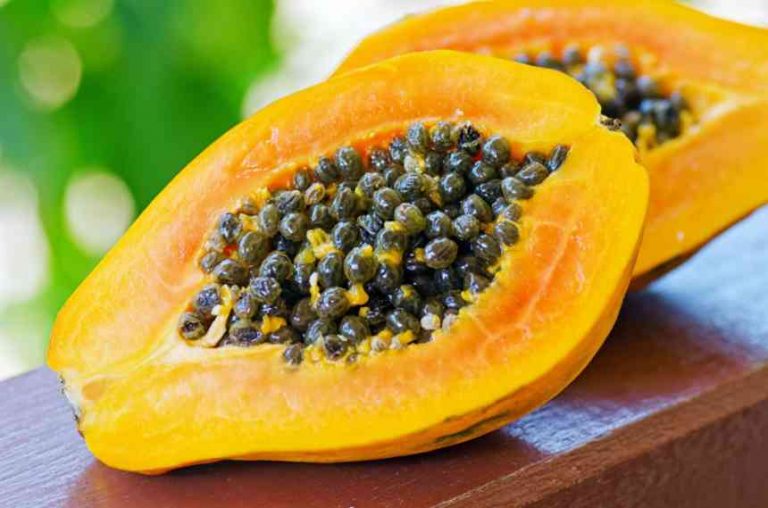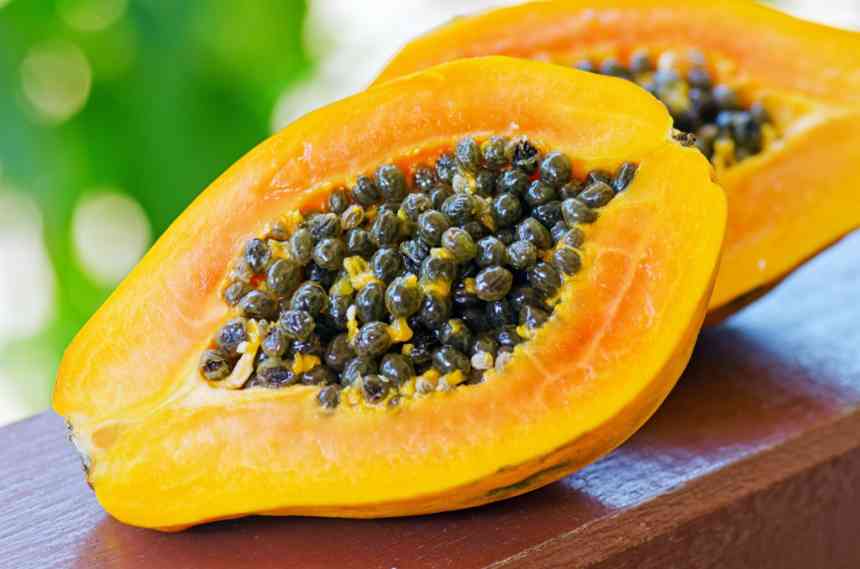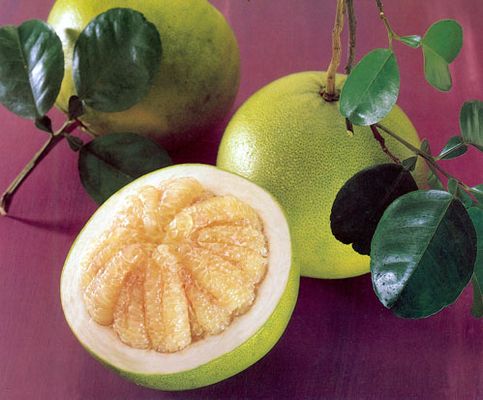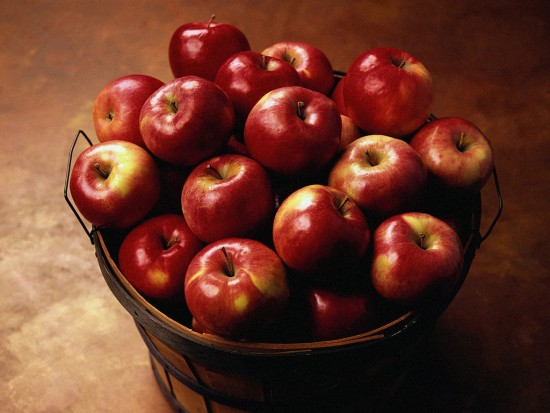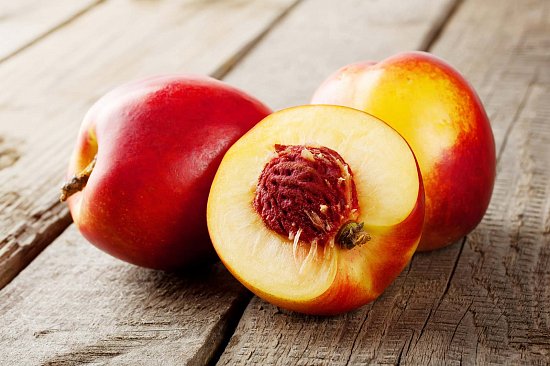Persimmon is an interesting berry and not everyone likes it. To date, the astringent effect that persimmon peel gives has practically disappeared due to crossing it with other fruits. Sweet, aromatic, and pleasant texture – persimmon is a vitamin and medicinal product. Here are some facts that reveal this orange berry from all sides:

- Translated from the Latin persimmon – food of the gods. It is also called winter cherry, the plum of the gods, Chinese peach, heart apple.
- Persimmons contain a lot of beta-carotene – its amount exceeds the amount of beta-carotene in pumpkin, tomatoes, peppers. This element is responsible for skin health and visual acuity. It is also useful for those who have a harmful nicotine addiction.
- Persimmons are considered healthier than apples due to their higher content of calcium, sodium, iron, and manganese. Persimmons also contain a lot of dietary fiber, which is useful for the stomach and remove toxins from the body.
- Persimmon helps in the fight against depression and autumn blues. It contains a lot of magnesium, which soothes and tunes a person to a positive, and fructose with glucose, which simply improves mood. Persimmon makes the day more enjoyable with its bright color!
- Persimmon satisfies hunger well while being a low-calorie product. This is used by athletes and all those who carefully monitor their weight.
- Ripe persimmons have hard and smooth skin, but so transparent that you can see the fibers and jelly-like pulp of the berry. The softer to the touch the persimmon, the tastier and riper it is.
- Persimmons are rich in vitamin C, and therefore will be an excellent assistant to you in the fight and prevention of seasonal colds. There are even recipes for rinsing and tinctures based on persimmon, but it is enough to just eat it.
- To get rid of the astringent effect of persimmon peel, you need to put it in the freezer for several hours. Or for several days in a plastic bag along with apples. Persimmon will ripen and lose its tasteless quality. Or just peel off the peel.
- Persimmons are not only used as a dessert, they are added to salads, baked goods, dried, and then eaten as candy. Persimmon adds spice and variety to the dish!
- Persimmons also contain a lot of potassium, which affects the work of the heart and blood vessels.

